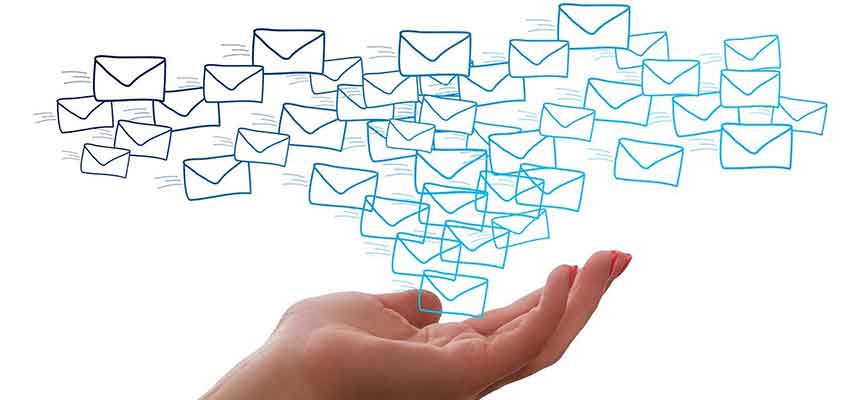Show:
10 Elements of Powerful B2B Cold Emails For Lead Generation
Creating compelling cold emails is an essential part of generating leads and capturing the attention of potential customers. But crafting effective, powerful cold emails is a skill that takes careful thought and practice, especially if you’re a B2B company in a new market.

10 Elements of a Powerful Lead Generating Cold Email
B2B companies can scale up their business with email automation and the right templates. Here are 10 elements to consider if you want to create compelling cold emails for lead generation.
1. Knowledge of Your Audience
Before you start creating your email campaign, you’ll need to understand who you’re marketing to. You’ll need to find and research your target audience to know their pain points and how to grab their attention effectively. This will increase the success of your campaign.
2. An Impressive Email Template
There’s no harm in using powerful B2B cold email templates for your campaigns. Not only will they give you an idea of what a successful cold email looks like, but they’ll also make it easier for you to add the other important elements on this list. Plus, you’ll save yourself a lot of time.
3. A Great Call to Action
Your cold emails should have a clear and convincing call to action that encourages the reader to act. If a reader likes what they see, they’ll follow through with your call to action. Even just requesting a response (i.e., “We’d love to hear your opinion!”) can help nurture a new lead.
4. Keep it Short and Sweet
Make sure to keep your content short, sweet, and to the point. No one likes overwhelming, long emails that go on and on, so be concise. When in doubt, make your email skimmable. That means using headlines, bolded text, and images to grab and keep the reader’s attention.

5. Add a Human Touch
Too many cold emails feel corporate or simply come off as uninteresting. For this reason, give your cold emails the human touch by making them sound more genuine and personal. Use natural language and stay away from overly formal wording that could sound too canned.
6. Catchy Subject Line
The subject line of your email should be catchy and attention-grabbing. People usually make a decision on whether or not to open an email based on its subject line. In fact, a study by Return Path found that a great subject line that’s less than 50 characters achieves a high open rate.
7. Proofread and Test
Never send out a cold email without proofreading and testing to make sure the content is convincing and error-free. If you already have customers or subscribers, we recommend doing an A/B campaign that tests which email template your loyal fans are more likely to engage with.
8. Personalize Your Emails
Personalized emails with the receiver’s name, company, and other details help to draw attention and foster trust. It only takes a few seconds to figure out a person’s name, especially if they’re on social media. When you treat potential customers as individuals, it pays down the line.
9. Appropriate and Proper Timing
Timing your cold emails to be sent out at the right time increases your chances of success, but timing depends on your market. Research the best time to send out emails to your target market for maximum impact. As a rule, you should send emails at 10 am or between 3 pm and 4 pm.
10. Follow up at Least Twice
It’s important to follow up on your cold emails to ensure that your message was received and understood. Follow up with a polite reminder email to keep the conversation going and engage your potential customers. Follow up at least twice, as your message may get lost in their inbox.

 Return to Previous Page
Return to Previous Page








